Imposed change is not always for the better, especially in botany, perhaps: we all know the story of Kudzu vines, which were introduced in the US from Japan in 1876 as a groundcover to halt erosion. Thinking this was going to help, the fast growing plant turned out to be an invasive species. In the southern states where it thrives, kudzu is simply part of the landscape now, having engulfed houses, trees, and everything in its path.
The colonization of Africa by the Europeans in the late nineteenth century gave rise to cataclysmic change as ancient tribes were forced into imperialist dominated regimes. Bows, arrows, and spears proved ineffective against modern artillery and firearms. After colonization, native carvers and artisans began creating portraits of their European visitors, which they sold to tourists and the white ruling class.
Traditional rugs made for centuries in Afghanistan began to change suddenly in the early 1980s, when the Soviet Union was at war with the country. Quite suddenly, objects of that war—Kalashnikov rifles, tanks, helicopters, and missiles began appearing in the rugs that used to feature centuries-old traditional designs. Now, after a decade of war with the United States, it is not only helicopters, but F-16s and drones that are appearing in new rugs.
So, with this in mind, I went in search of images that showed the insertion of one culture to another, from photographs to objects.

Kudzu vines in Georgia | photo by John Foster
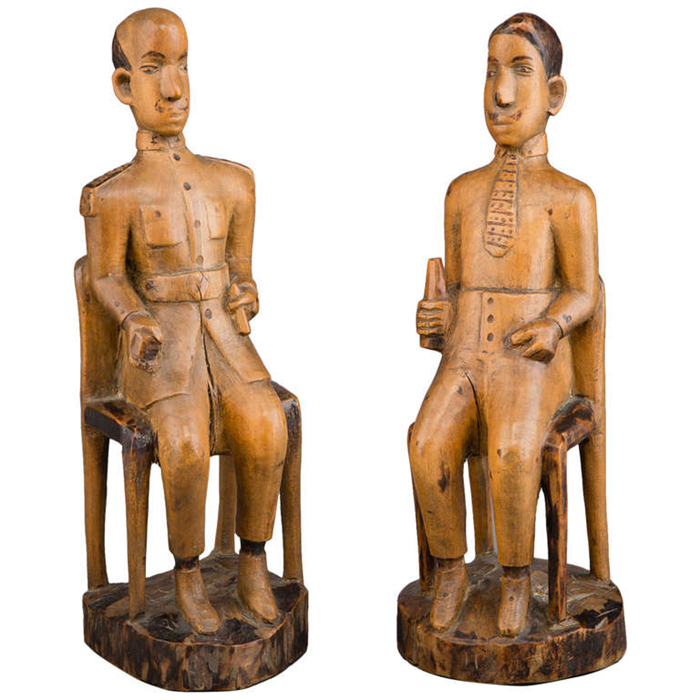
Two late nineteenth-century African figures display the contemporary fashions of European officials and, with their attributes of conspicuous self-indulgence, provide some insight into how they were perceived through indigenous eyes | Jacaranda Tribal Gallery, NY
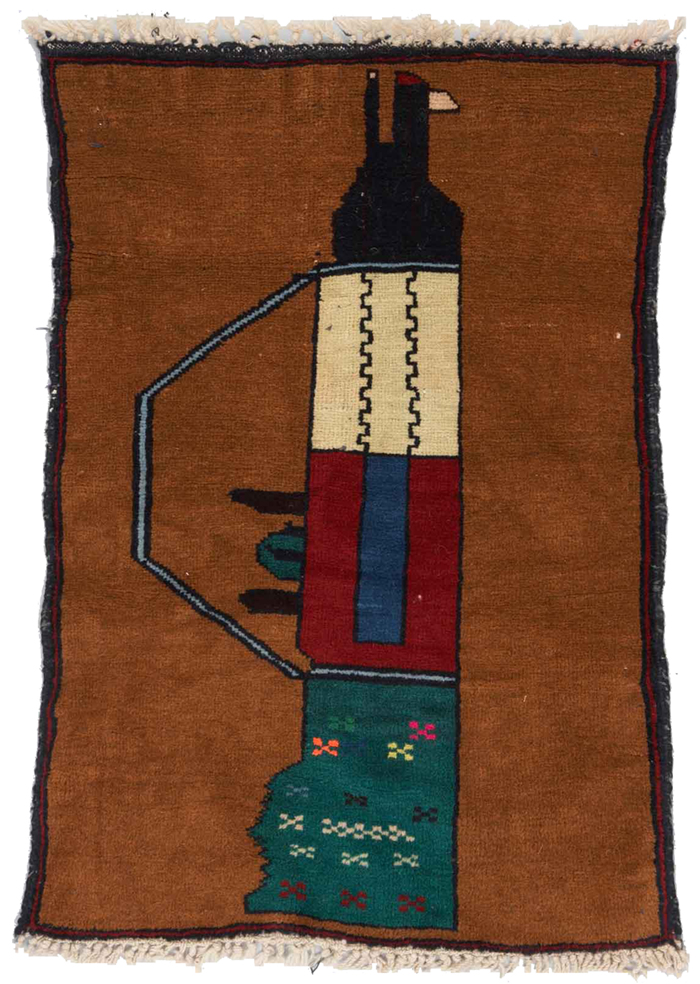
War rug | University of Pennsylvania, Penn Museum blog
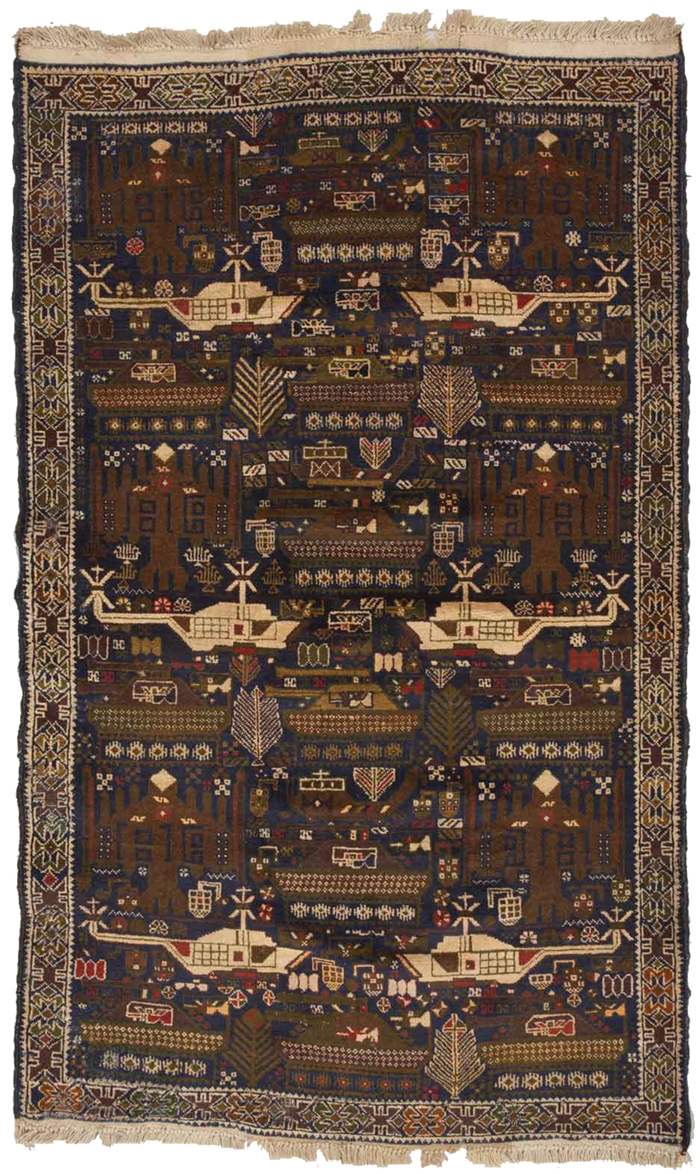
War rug | University of Pennsylvania, Penn Museum blog
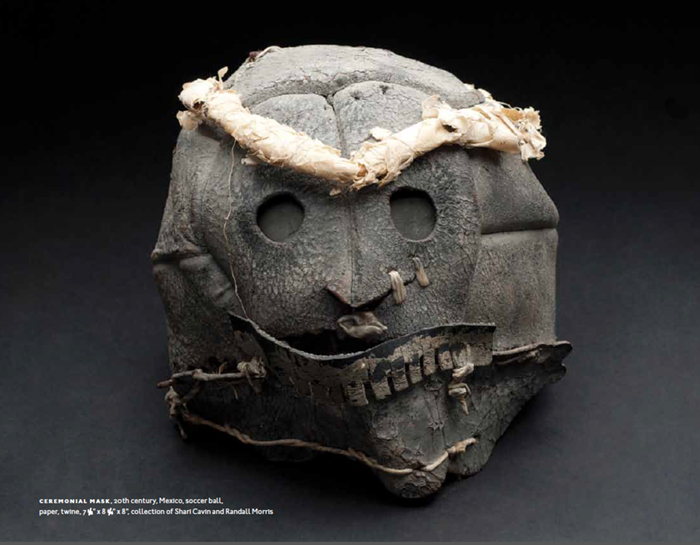
Skull mask from Mexico, made from a found soccer ball, mid-twentieth century | Cavin-Morris Gallery, NY
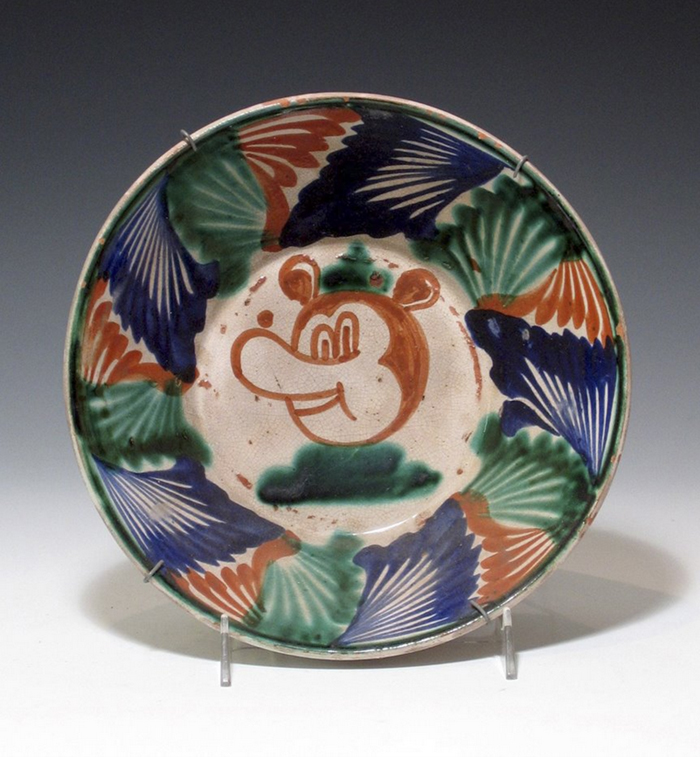
Traditional ceramic plate from Mexico with Mickey Mouse, mid-twentieth century | James Caswell Historia
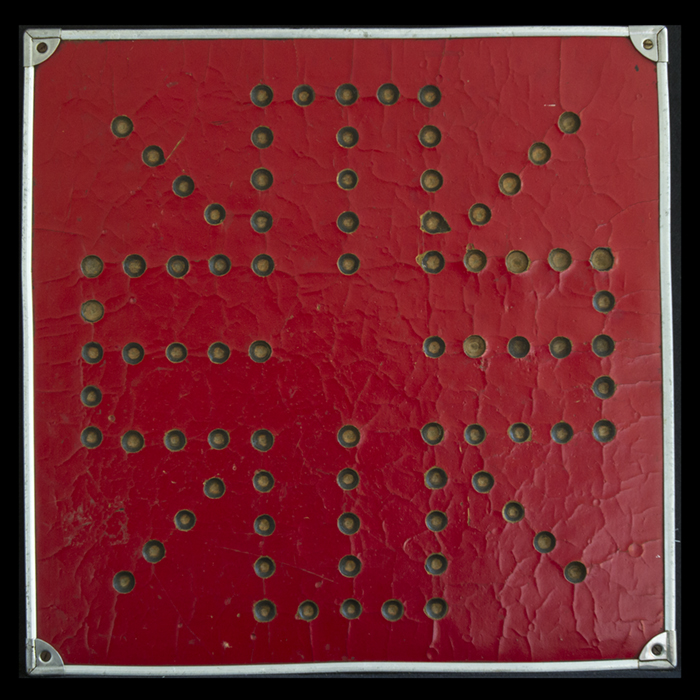
Traditional American-style game board made of red 1950s kitchen countertop linoleum and aluminum counter edging | collection of John Foster
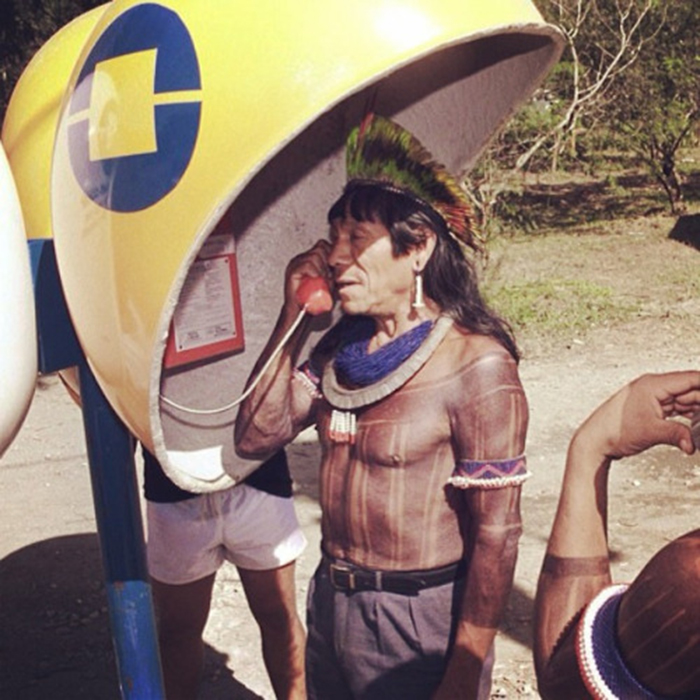
An encounter with a payphone | Matrix Botanica
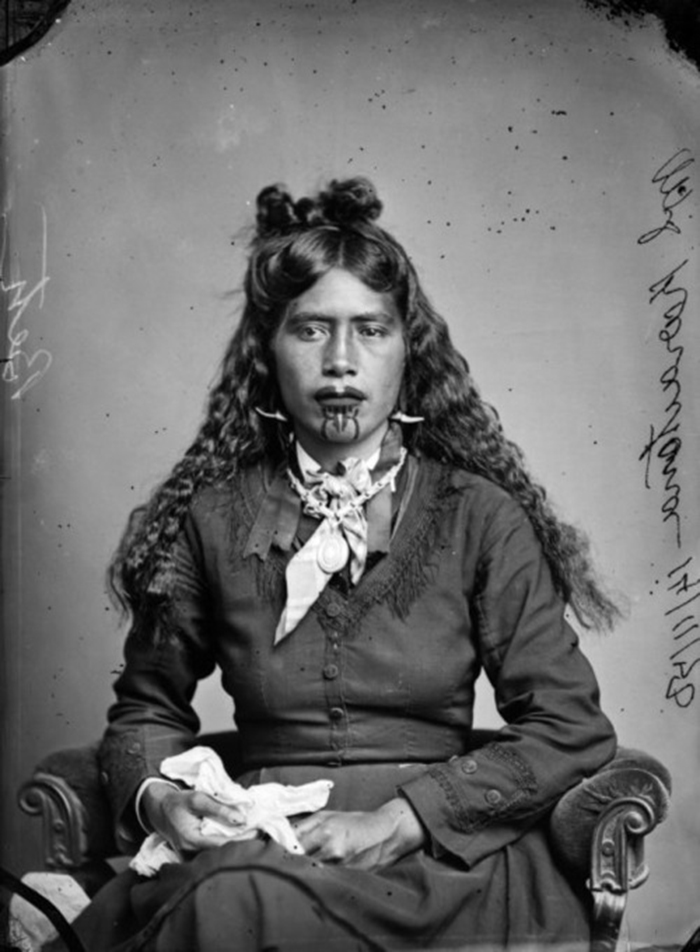
Wife of Karaitiana Takamoana wearing Western-style clothes | photo by Samuel Carnell, 1878 | Matrix Botanica
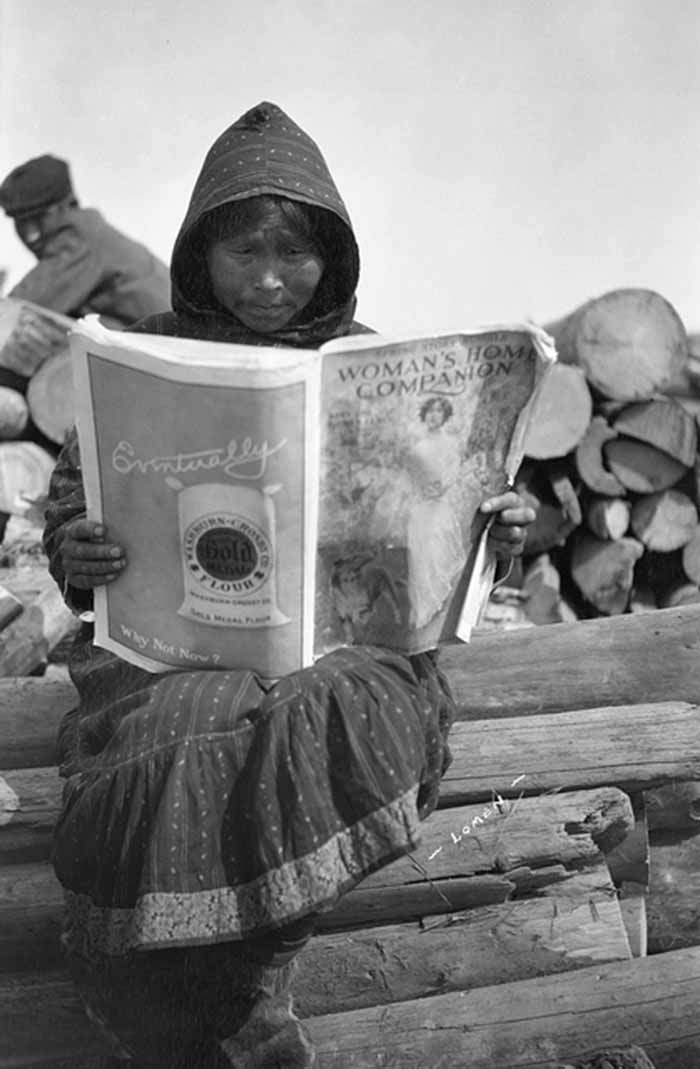
Indigenous woman looks at an American magazine | Matrix Botanica
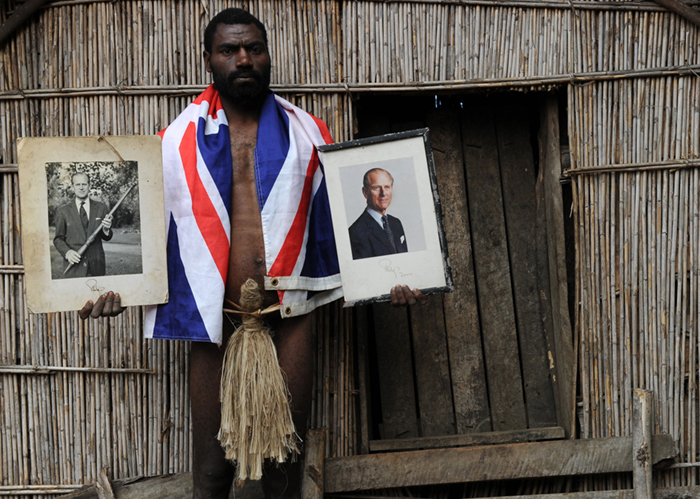
Sikor Natuan, son of the local chief in Yaohnanen, Vanuatu, holds portraits of Prince Philip, 2010 | Getty Images

Michael Clark Rockefeller (1938–1961), American anthropologist and art collector, who disappeared on an expedition to remote New Guinea | Matrix Botanica
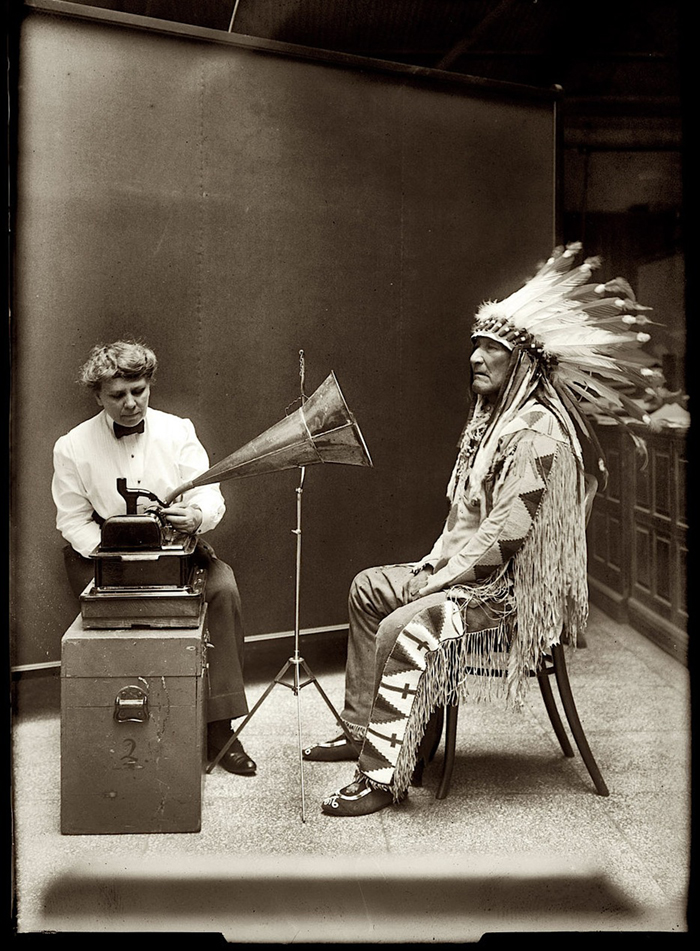
Ethnomusicologist Frances Densmore recording Blackfoot chief Mountain Chief for the Bureau of American Ethnology (1916) | Library of COngress

Women in burkas walk with child in Santa costume | Matrix Botanica
 A Mursi woman in southern Ethiopa carrying her AK-47 and her iPod | Matrix Botanica
A Mursi woman in southern Ethiopa carrying her AK-47 and her iPod | Matrix Botanica 
